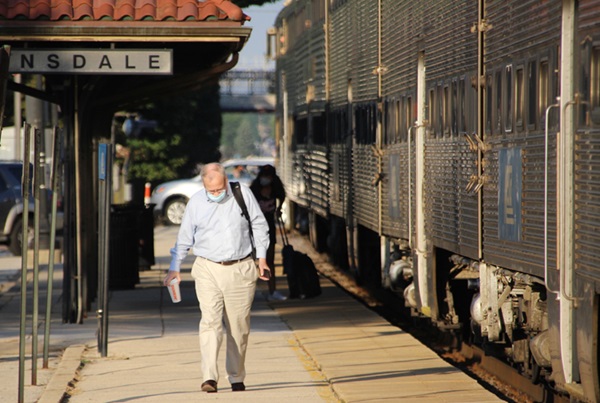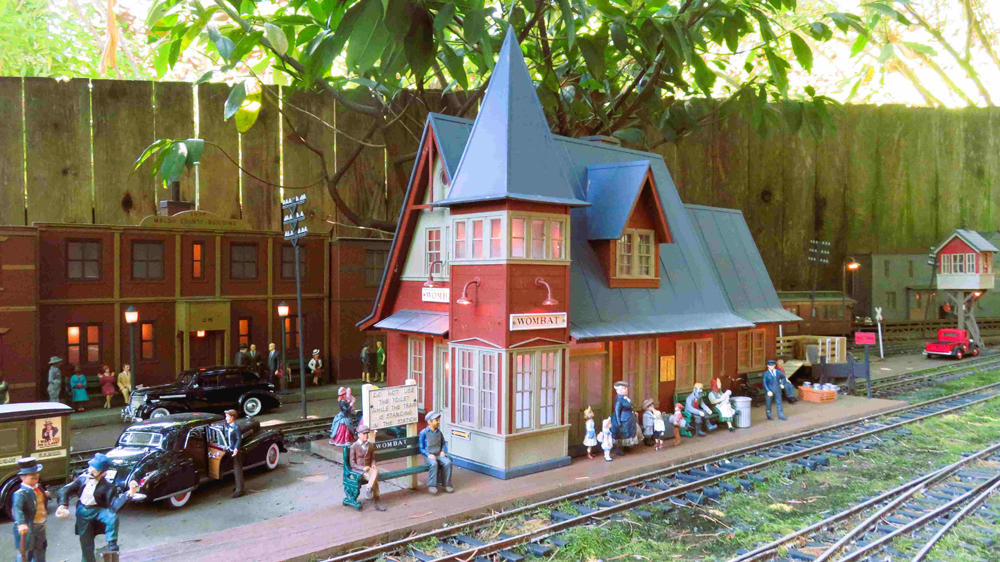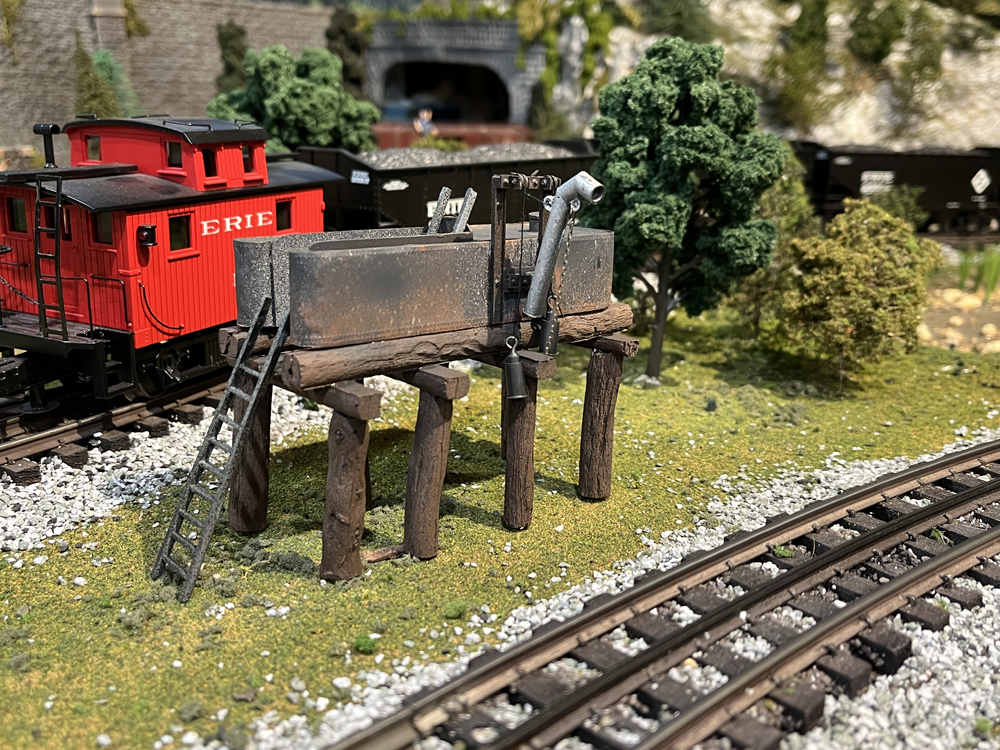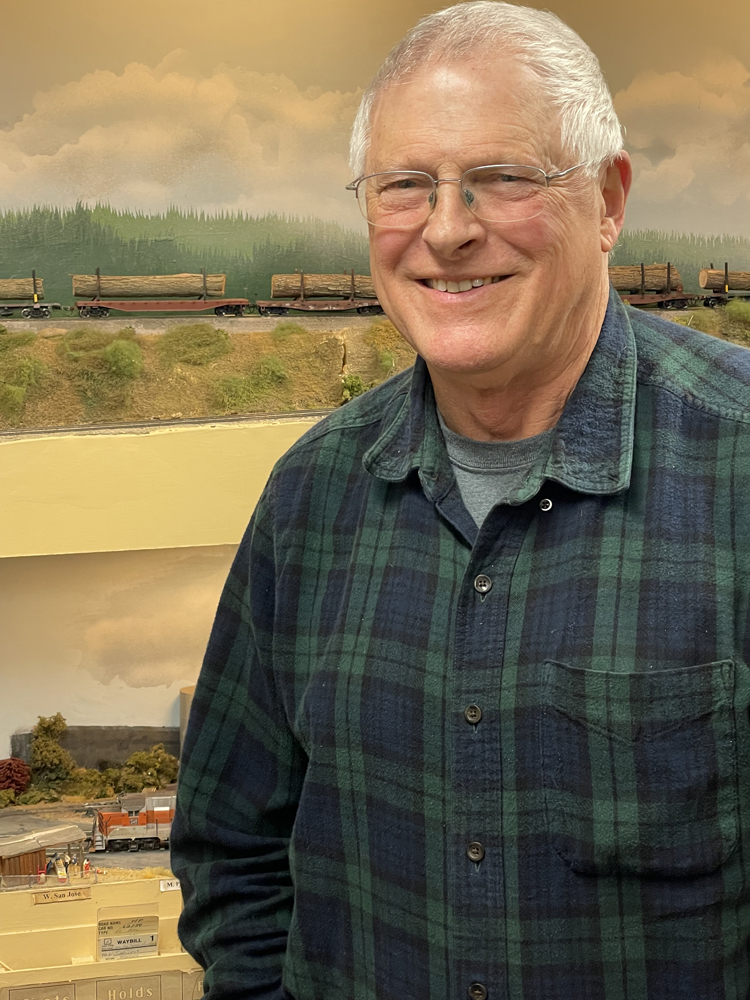
Chicago RTA survey finds 20% of transit users may not return
A survey by the Regional Transportation Authority, parent organization for Metra, the Chicago Transit Authority, and Pace bus service, indicates 20% of passengers who stopped using the Chicago area’s transit system during the COVID-19 pandemic may not return. Evanston Now reports the RTA surved more than 5,600 current and lapsed riders (those who previously used the system but now ride transit less than once a week) in November and January. It found that while 80% plan to return eventually, but also found increased telecommuting islikely to continue “with lasting implications for the regional transit system.” The agency will use the survey results to plan and change future service; survey responses indicated a greater desire for suburb-to-suburb service, as opposed to focusing on trips to and from downtown.
KCS creates new merger-planning position, names new head of operations
Kansas City Southern has created a new executive position relating to its planned merger with Canadian Pacific and named a new head of operations. Jeffrey M. Songer will become executive vice president-strategy merger planning, while John F. Orr has been named executive vice president-operations. Songer’s role will focus on managing the application process for the CP-KCS merger, including development of a joint operating plan, environmental assessment, and plans for safety integration and labor impact. “Jeff is uniquely qualified to fill this critical role in what is arguably the most strategically significant project in our company’s 134-year history,” KCS president and chief executive officer Patrick J. Ottensmeyer said in a press release. “His 16-year track record of outstanding performance at KCS, and his familiarity with all aspects of our network, business and customer base, make him very well suited for this important role.” Orr has more than 20 years of experience at Canadian National and Precision Scheduled Railroading, most recently serving as senior vice presidentand chief transportation officer. “John has integrated extremely well with Sameh Fahmy and the entire PSR implementation team at KCS, and I am confident he will contribute positively to our service focused ‘phase three’ PSR initiatives,” Ottensmeyer said.
Bismarck park board to delay action on request by bridge preservation group for up to six months
Citing unknown financial responsibility that would result, the Bismarck Park Board has delayed for up to sixth month consideration of a request to join a public-private partnership with the group seeking to preserve BNSF’s Bismarck-Mandan Rail Bridge. The group Friends of the Rail Bridge wants to preserve the 138-year-old bridge and turn it into a pedestrian crossing, while the railroad seeks to demolish the bridge and replace it with a new structure. The Bismarck Tribune reports an agreement between the railroad and preservation group signed earlier this year gave the group until March 15 to establish a public-private partnership that would eventually take ownership of the bridge, but the first effort to form such a partnership ended earlier this month when the Burleigh County Commission withdrew, citing questions over insurance [see “Digest: NJ Transit begins testing …,” Trains News Wire, April 6, 2021]. Members of the park board indicated there were too many financial and other uncertainties involved in the project.









Charles, that’s an interesting proposal. Indeed that would end the conflicting mainline/mainline and mainline/yard movements that are the bane of both operations at Tower A2, certainly during the pre-pandemic peak periods. So I’ll share with you the plan that has been on the proverbial drawing board since before I retired at the end of 2007. It keeps the Metra/UP West and the Metra/Milw District at their respective depots but does bring relief to the low speed conflicting movements at A2. A new interlocking, presumably equipped with crossovers good for at least 40mph, would be established just west of the location where the Metra Milw rises up to join the UP West on the viaduct. Basically it moves the conflicting movements away from where they cause the most delays to a location where train movements will clear much faster. And I think Metra would love to get it done. But just like the badly-needed 75th Street Corridor CREATE project, the obvious follow on to the completed Englewood Flyover, there was no money then and there is no money now. But somehow, the Illinois Tollway Authority has the money to complete the Elgin-O’Hare Expy the rest of the way to O’Hare and widen I-294 for some 25-30 miles down the Hinsdale/Western Springs border. And the latter has the Tollway footing the bill for a BNSF Chicago Sub shoofly and then putting the railroad back to its current alignment. And in addition the Tollway took some 12-15 homes on the Hinsdale side. And somehow Chicago came up with the $8b for O’Hare expansion and with the authority to take I don’t know how many homes in suburban Bensenville to do it. So there we are. It’s the same it’s the same old song…
MARK Seems to me that in a perfect world METRA Milwaukee District could have been routed into Ogilvie, with UP West routed into Union Station. Would have greatly reduced conflicting movements (and movement over maintenance-intensive frogs) at Tower A-2. I’m not particularly in the mood at the moment to list all the reasons why we don’t live in a perfect world. I’ll name two reasons. (1) People (train riders) don’t like change (2) You’d have to deal with UPRR to make this happen
Metra will not easily transform itself to a regional rail/suburb to suburb carrier. And as a Metra retiree with 35 years service and for whom railroading was avocational as well as vocational, do not say that lightly. Other than Ogilvie Transp. Center where riders could for example arrive on the North Line and transfer to the West Line or Northwest Line (Clybourne would work for the latter as well) Union Station offers the only possibility. And there trains trains could actually be through-routed via Tks28&19. Metra BNSF or Southwest Service can operate through to the two Milwaukee District lines, the Fox Lake and the Elgin, and even to the UP West (Geneva Sub) via the double slip switches on Milw District Tk3 at Tower A2. And that’s it. And that’s providing many administrative hurdles are overcome. And that’s also providing the ugly people at Amtrak trying to put the screws to Metra can be silenced. The Electric and Rock Island Districts go to stub end terminals further east so they are kinda orphaned given no easy or quick way exists to cross the Loop. Tragically, Metra was not able to grab the Elgin, Joliet&Eastern when it wanted and the railroad was for sale, thus creating a circumferential line featuring transit hubs at all the locations it crossed the lines radiating from downtown. The fact is for decades Chicago metro region planners and builders had only one regional transportation vision. Link the ‘burbs with ever more interstates and widened arterials. And I-355 is the quintessential example of that.
Transit will not be alone in regard to the changing work environment auto traffic has/will continue to decrease & will never return to pre- pandemic levels thereby future expansion should be unnecessary as will less fuel tax collection necessitate such action.
Yes, “working from home” will be a major factor that will influence transit ridership for years to come, even if most folks only ‘telework’ a few days per week. Of course many major employers are revisiting their need for office spaces in major urban downtown areas. Concentrated employment centers in central cities might be a thing of the past, especially given some of the other (non-pandemic) ills afflicting cities (taxes, crime, etc.)
It will no doubt take several years for the “new normal” to be understood and so any forecasts for near-term rail/transit ridership are pure speculation…
Anthony I believe the fact that some folks will be able to keep working from home is what is implied here
Regarding passengers may not return, when you sit in traffic two to three hours a day in traffic one way like in the Seattle area, and Chicago area is just as bad and probably worse, you might have second thoughts.